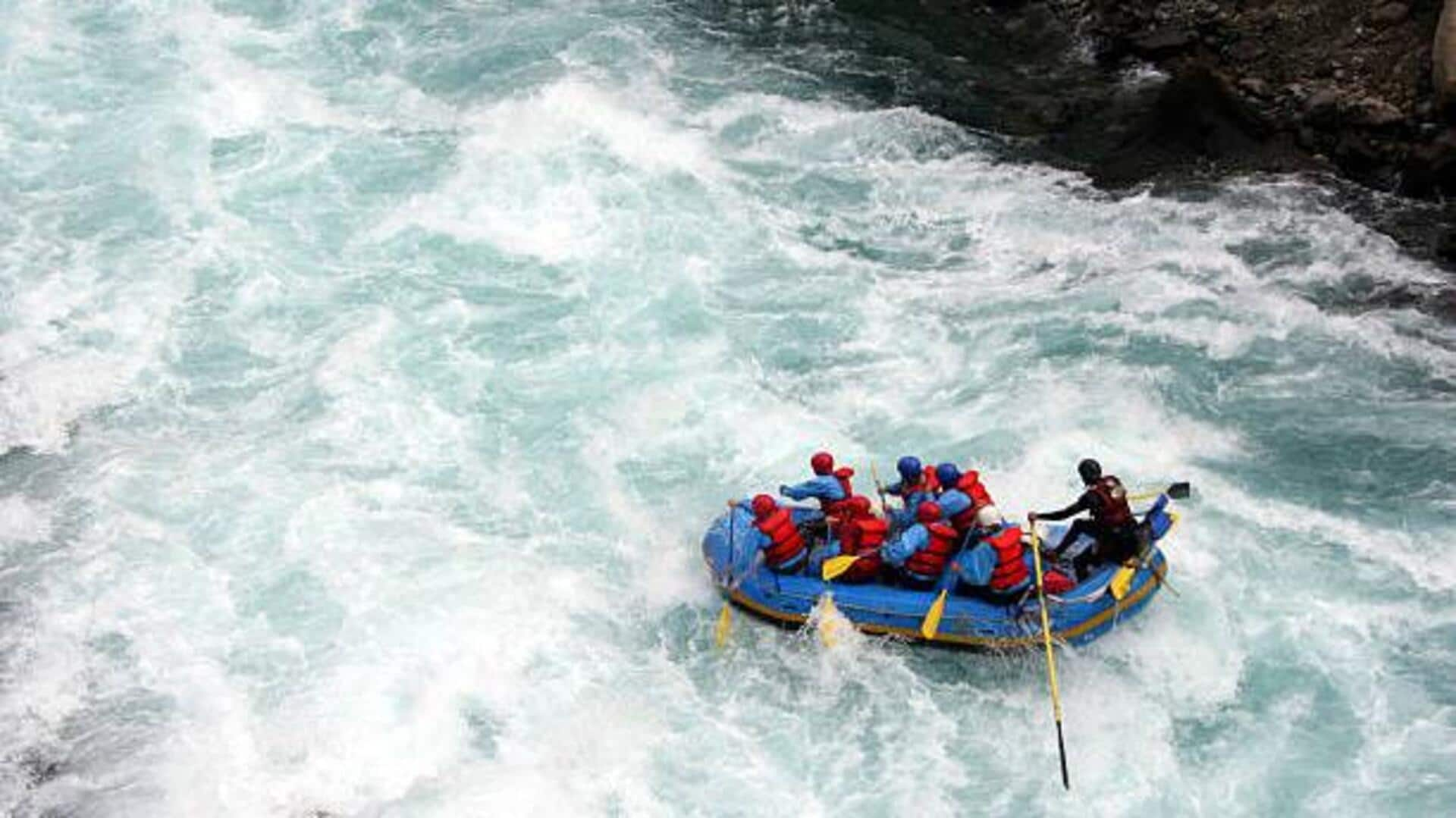
White water rafting: Tips, tricks, and must-knows
What's the story
A thrilling sport that requires teamwork, skill, and a lot of planning, white water rafting is all about navigating a river's rapids on an inflatable raft. Mixing physical strength with tactical maneuvers, mastering a few key techniques can take your skills and safety on the water to the next level. Here's a look at some essential strategies for enjoying and excelling at white water rafting.
Gear selection
Choosing the right gear
Selecting appropriate gear is important for a successful white water rafting experience. A well-fitted life jacket is a must for safety, while a helmet protects you from potential head injuries. Paddles should be selected depending on how long and heavy they are, to suit your needs. Also, wearing quick-drying clothing helps you stay comfortable during the trip. Proper footwear with good grip ensures stability in slippery conditions.
River signals
Understanding river signals
Communication is extremely important in white water rafting, particularly when you are in the middle of tough rapids. Get acquainted with common hand signals used by guides to give commands quickly over distances where speaking out loud may not be possible. These signals comprise commands for paddling forward or backward, stopping, or warning the team of obstacles ahead.
Paddle skills
Mastering paddle techniques
Effective paddling techniques are key to steering the raft through turbulent waters. Learn how to perform forward strokes for propulsion and backstrokes to slow down or halt the raft's momentum. Practice synchronized paddling with your team members to keep things balanced and on course during rapid descents.
Water currents
Reading water currents
Understanding how water currents behave helps anticipate challenges before they arise on a river journey. Observe changes in flow patterns such as eddies, calm areas formed behind rocks where rafts can rest temporarily without drifting downstream uncontrollably. Identify V-shaped formations indicating safe passage between obstacles like boulders within rapids themselves.
Safety drills
Practicing safety drills
Safety drills prepare rafters for unexpected situations that may occur during trips downriver. They practice self-rescue techniques, such as swimming towards shore if thrown overboard unexpectedly. They rehearse group rescues, involving pulling teammates back into rafts swiftly after falling out. This is due to either accidental capsizing incidents caused by strong currents encountered along routes.